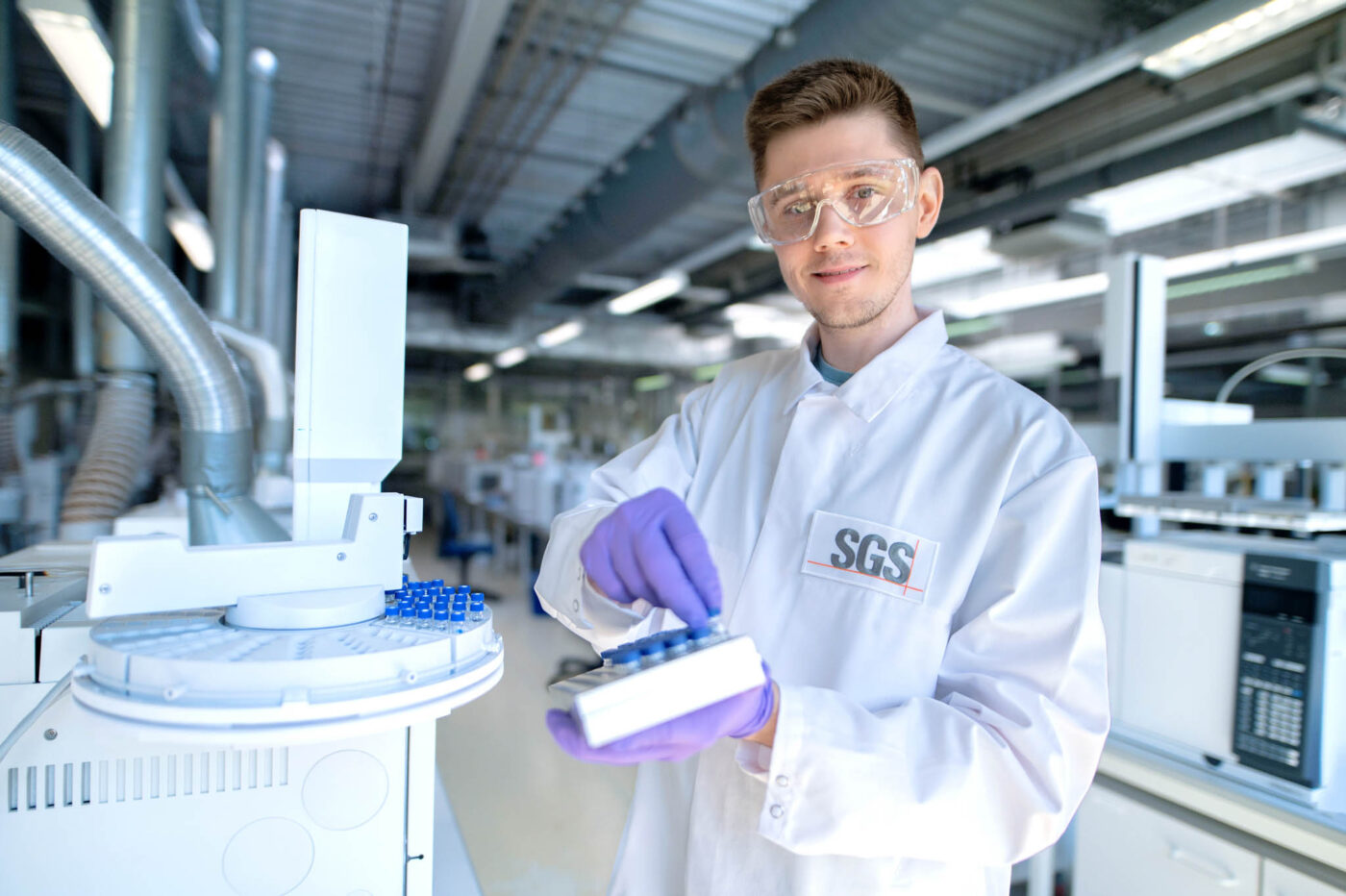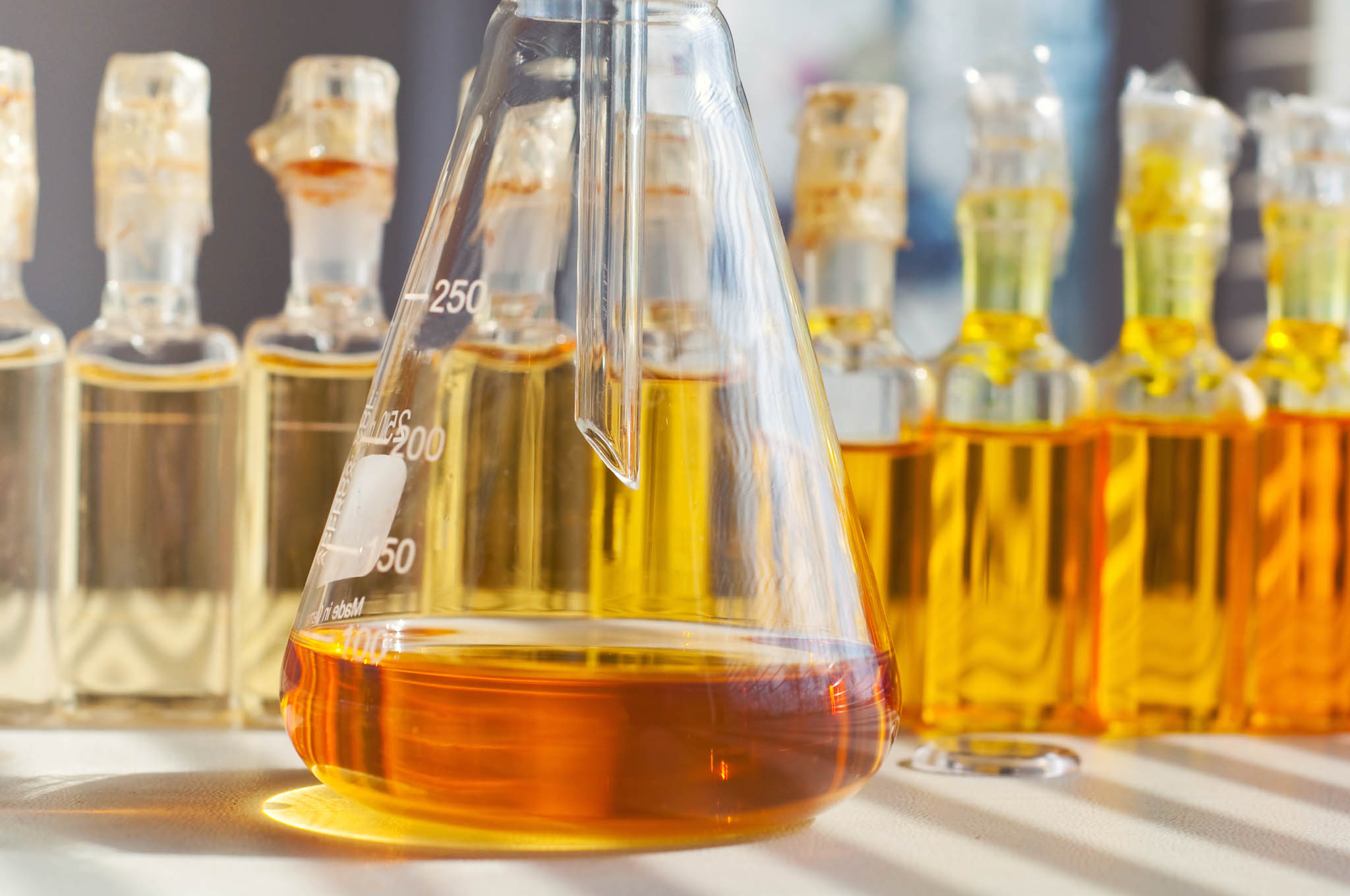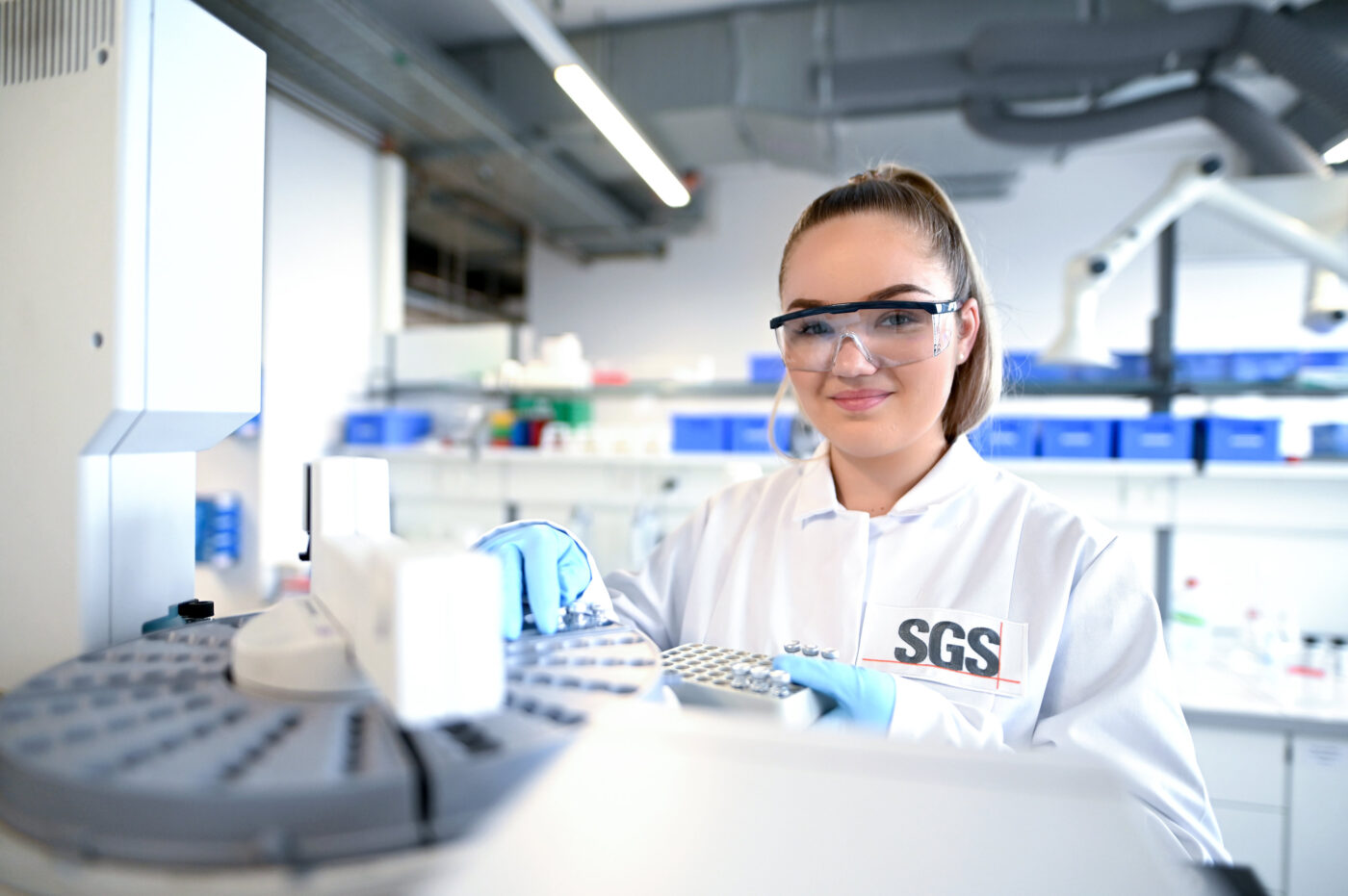VOC Measurement for IH and Worker Exposure
VOCs are a large group of organic chemicals that easily become vapors or gases at room temperature. They are found in many everyday products and can have both short- and long-term health effects. They are found in numerous household, commercial, and industrial products from paints and coatings to cleaning agents and building materials.
Where VOCs are commonly found
- Paints, varnishes, and coatings
- Cleaning products and disinfectants
- Air fresheners and scented candles
- Pesticides
- Building materials and furnishings
- Office equipment like copiers and printers

SGS VOC Services
SGS provides both passive and active sampling options, as well as real-time monitoring instruments and detector tubes. Each method offers distinct advantages depending on the sampling duration, required accuracy, and operational constraints.
Contact SGSWhy VOCs matter
- Health effects: Exposure to VOCs can cause eye, nose, and throat irritation, headaches, nausea, and even damage to the liver, kidney, or central nervous system. Some VOCs are suspected or known to cause cancer.
- Environmental impact: VOCs contribute to the formation of ground-level ozone and smog, which are harmful to both human health and the environment.
The process of sampling for VOCs in air involves collecting representative air samples and analyzing them to identify and quantify the volatile organic compounds present. SGS offers a comprehensive suite of sampling solutions tailored to meet a wide range of environmental and occupational health needs.
- Selecting the most appropriate sampling method depends on several critical factors, including:
- Work Environment: Indoor vs. outdoor settings, industrial vs. residential applications
- Detection Limits: Required sensitivity based on health guidelines or regulatory thresholds
- Regulatory Compliance: Adherence to standards such as OSHA, NIOSH, EPA, or international equivalents
- Cost and Logistics: Budget constraints, equipment availability, and ease of deployment
- Target Compounds: Specific VOCs of interest, such as benzene, formaldehyde, or isocyanates
How can SGS support your VOC sampling and analysis needs
Passive Sampling
- No pump required
- Uses a sorbent material that absorbs VOCs over time
- Ideal for long-term monitoring
- Example: Diffusive samplers like 3M Organic Vapor Monitors
Active Sampling
- Uses a pump to draw air through a sorbent tube or filter
- More accurate and faster than passive sampling
- Common sorbents: Tenax, activated charcoal, or silica gel
Whole Air Sampling
- Collects air in a container (Summa canisters)
- Allows for analysis of a wide range of VOCs
- Often used for regulatory or investigative purposes
Standards and Guidelines
SGS is accredited for VOCs to the ISO17025 standard and uses approved methods from:
- EPA (Environmental Protection Agency)
- NIOSH (National Institute for Occupational Safety and Health)
- OSHA (Occupational Safety and Health Administration)

Why SGS for your Testing Needs?
- Global Reach, Local Expertise: A worldwide laboratory network backed by local knowledge to meet your needs.
- Regulatory Compliance: Expertise in regional and international guidelines, including EPA, CCME, and more.
- Customized Analytical Plans: Tailored testing protocols to address unique project challenges.
- Proven Track Record: Decades of experience delivering high-quality data to industries across North America.


